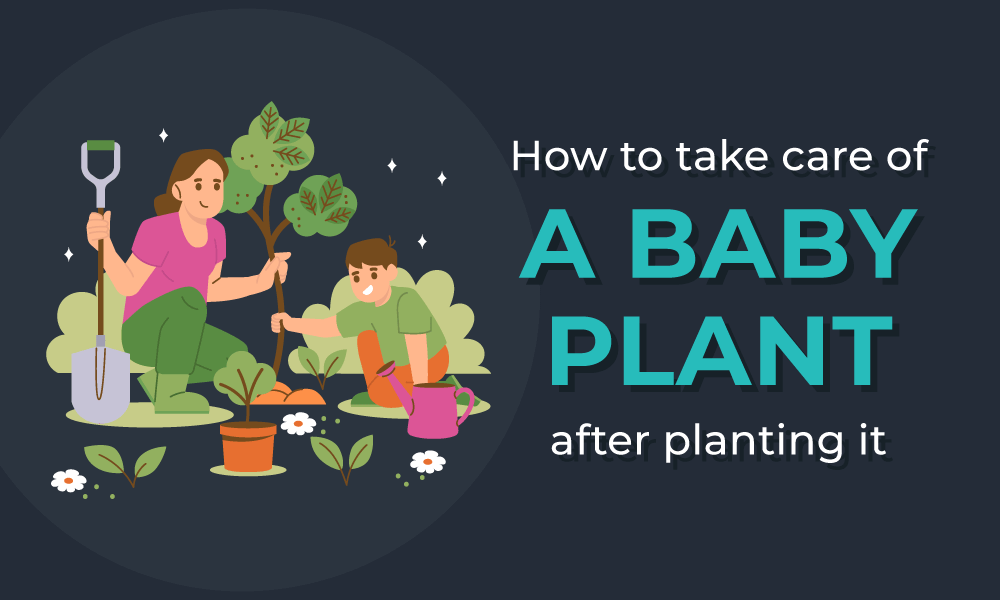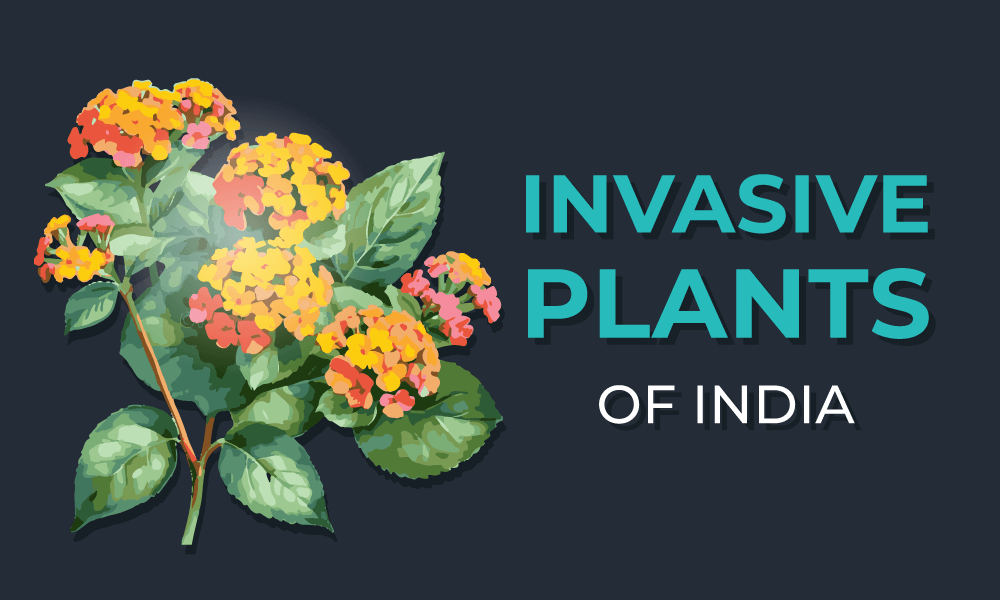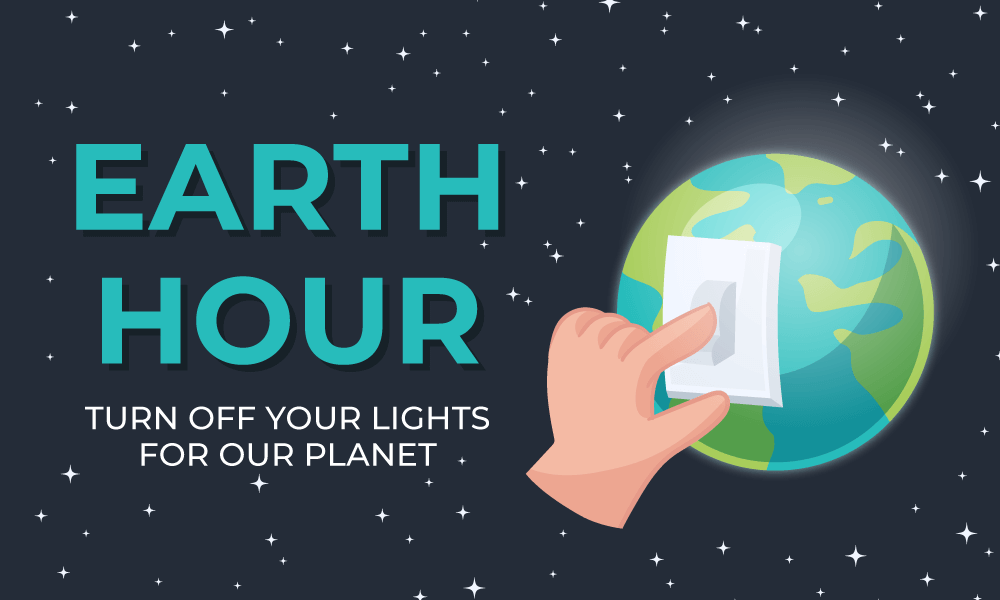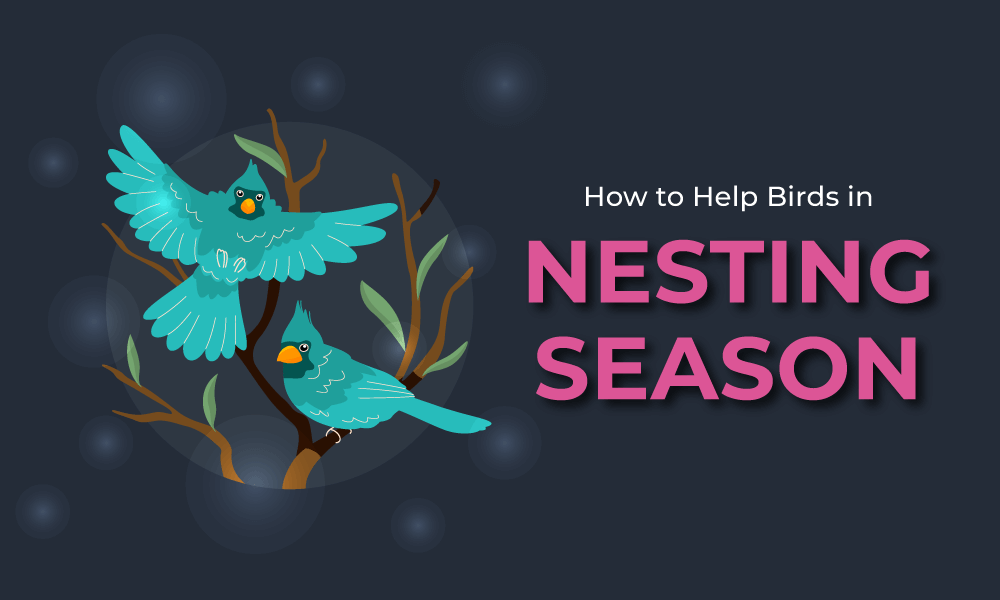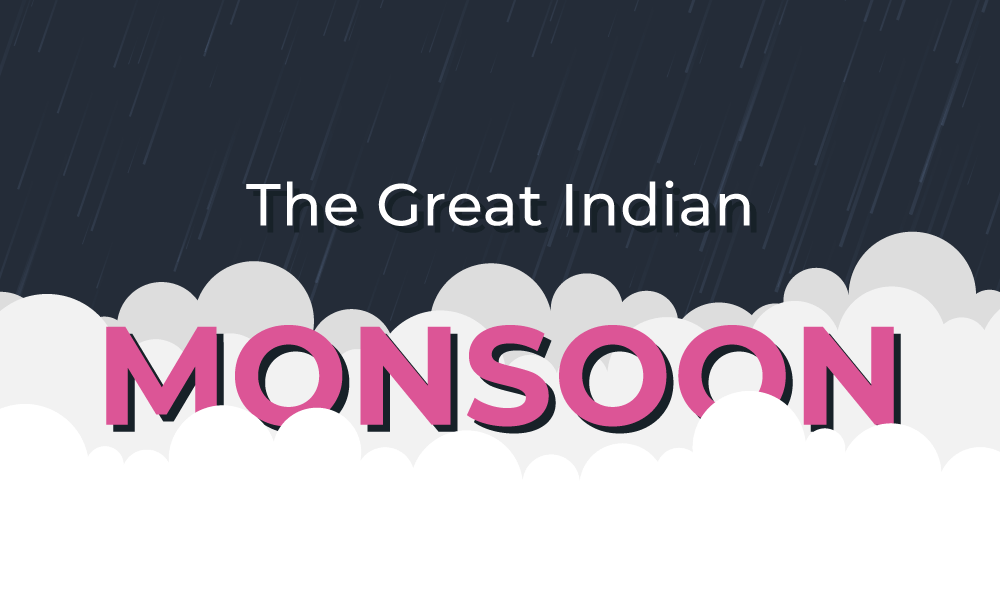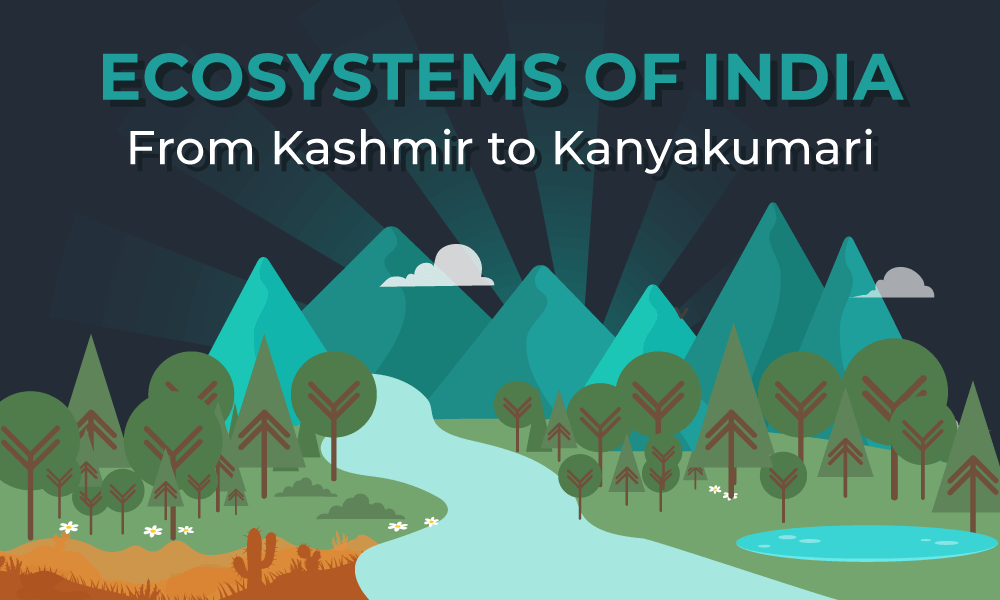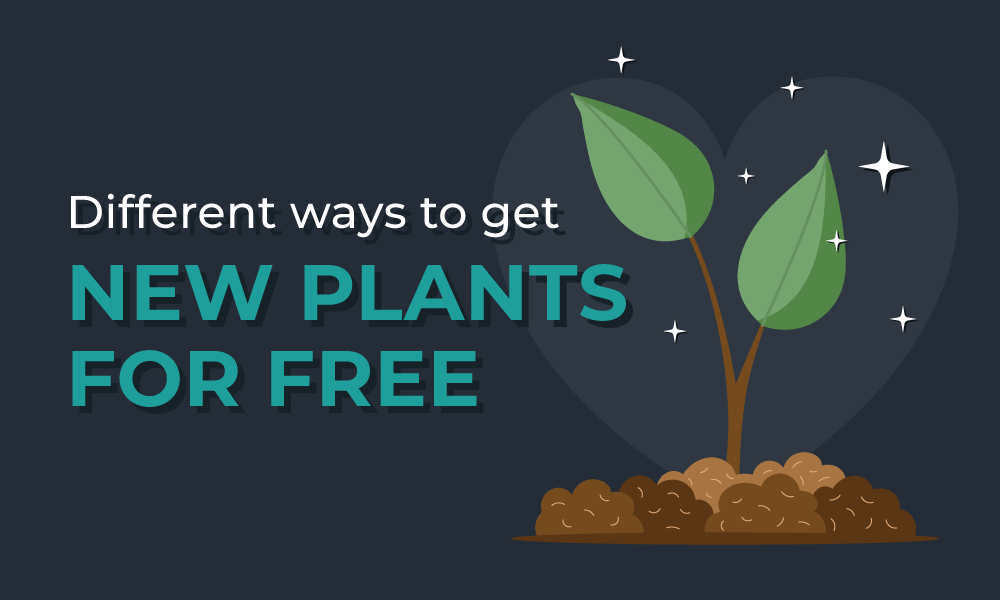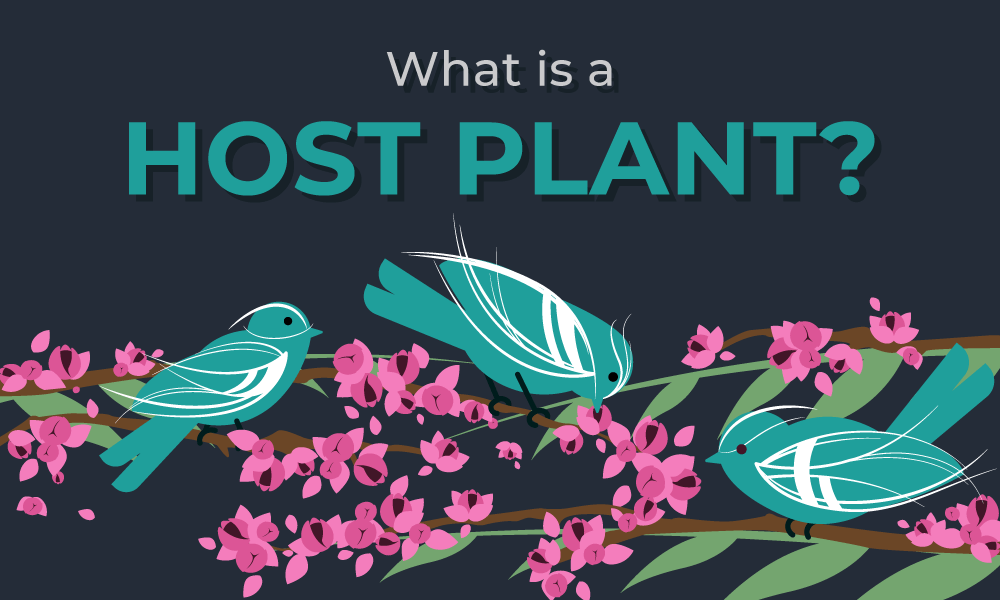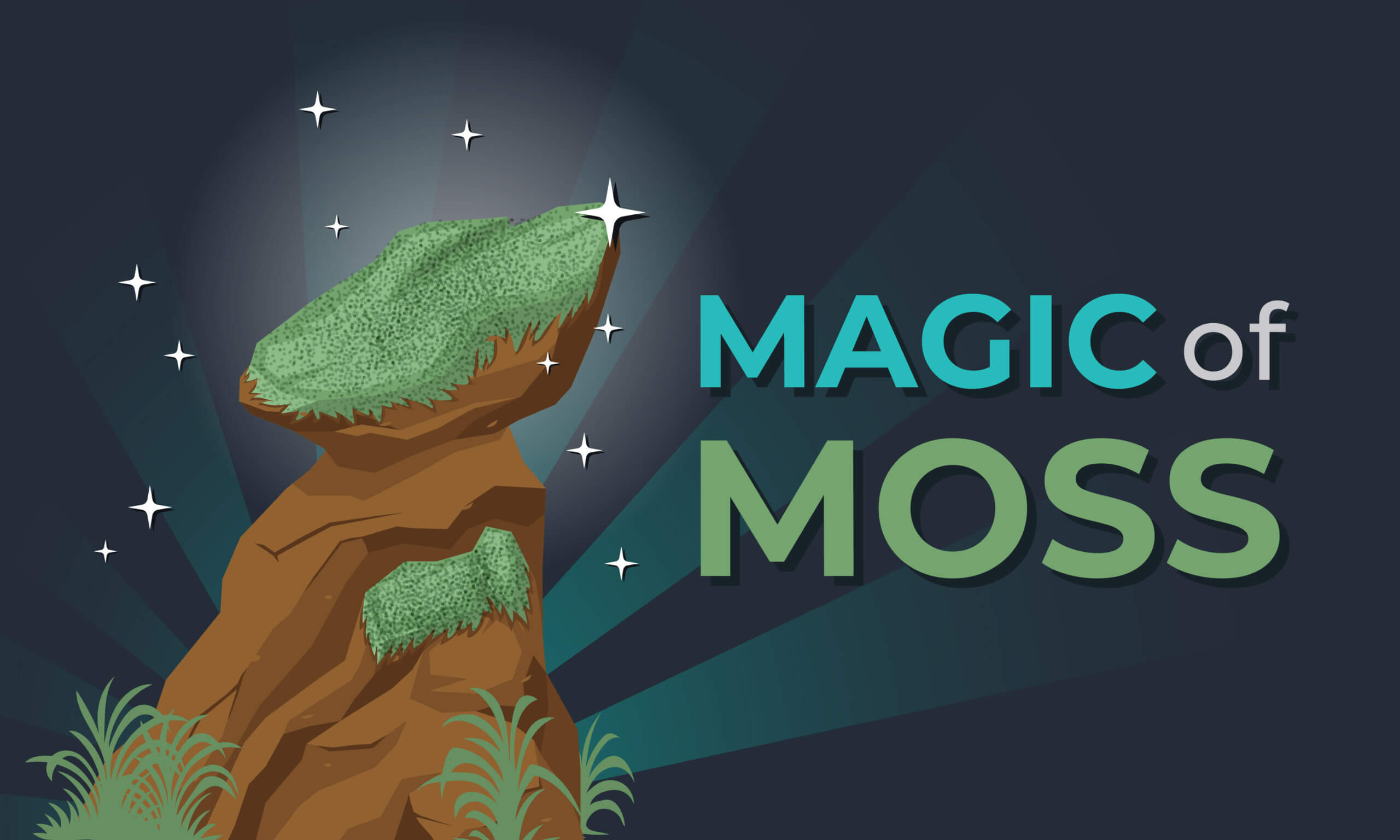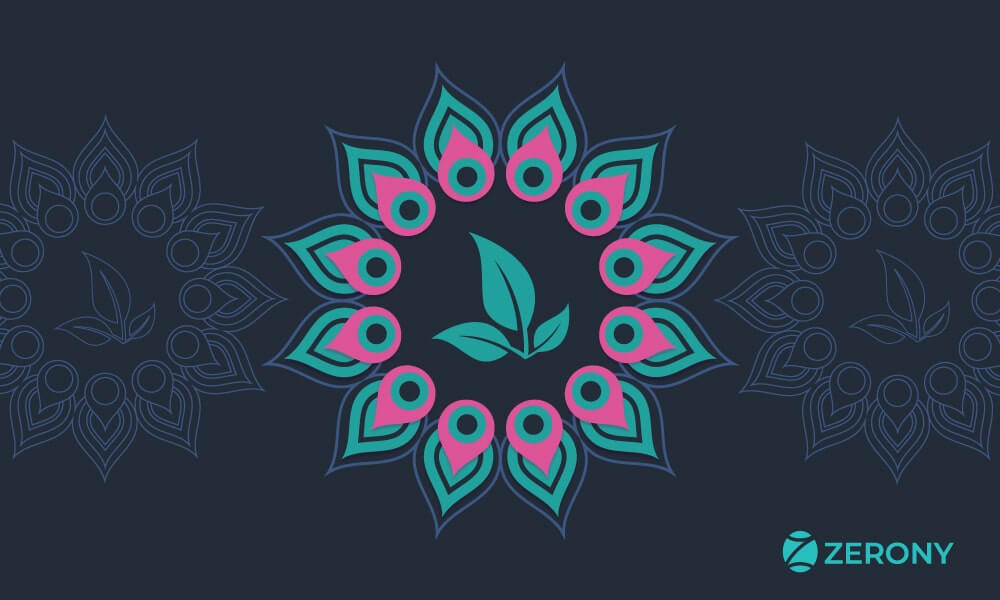Imagine if every tree around you suddenly disappeared. It would be scary, right? Not only would we lose the shade and beauty that trees give us, but we’d also miss out on the fresh air they help make, and animals would have nowhere to live. Thankfully, we can do something to bring back forests, and it’s called reforestation. Reforestation means planting new trees in places where forests have been cut down or damaged. This simple act helps the planet in many wonderful ways.
Why we are talking about reforestation?
To understand why reforestation matters so much, let’s think about how special trees are. Every tree you see has a superpower: it can take in carbon dioxide, which is a gas we breathe out, and give us back oxygen, the gas we need to live. They’re like nature’s air filters, keeping the air clean and helping us breathe easy. Trees also help keep the planet cool because they take in some of the gases that make Earth too warm. So, when we plant more trees, we’re actually helping to protect ourselves from the effects of climate change.
But it’s not just about air. Trees also create homes for animals, from squirrels to birds to tiny insects. Without forests, these animals would struggle to find places to live and food to eat. Trees also hold the soil together with their roots, stopping it from washing away when it rains heavily. So, planting trees helps keep the ground strong and prevents floods or landslides.
How Reforestation Works and How You Can Help
Reforestation is like giving nature a helping hand to heal. Imagine you’re in a bare, open field where a forest used to stand. The first step is choosing the right types of trees to plant. Every area has different types of trees that grow best there, and it’s important to pick the ones that match the local climate and soil. For example, a hot, sunny area might need trees that can handle heat, while a cooler, wetter area might need trees that love water.
After choosing the trees, they’re carefully planted, usually when the weather is mild and there’s plenty of rain to help them grow strong roots. Reforestation isn’t a one-day job, though! Once the trees are planted, they need care, especially in the beginning. Young trees need water, and weeds should be kept away so they don’t compete with the new plants for nutrients.
You might be wondering how you could help with reforestation. One simple way is by joining tree-planting events in your area. These events are often held by local environmental groups, schools, or community centers, and they welcome people of all ages. Imagine heading to a park or field and spending a day digging little holes, planting tiny trees, and watering them. Each tree you plant can grow into a tall, strong tree that will be part of the forest for many years to come!
Another way you can help is by learning more about trees and forests. Even just by understanding the importance of trees, you’re helping spread the message that reforestation matters. You could talk to your family and friends about it or even organize a mini tree-planting event at your school. When people see how excited you are about helping the environment, they’ll want to help too!
What Happens When We Bring Forests Back
When we plant trees and bring back forests, we’re actually helping more than we realize. Reforestation gives animals back their homes, so birds can nest in branches, and squirrels can find nuts to eat. And over time, the trees grow tall and thick, turning the once-empty land into a lush, green forest that supports many forms of life.
As the forest returns, the climate in that area can improve. With more trees, the air becomes fresher, and the ground stays moist because the trees hold water in the soil. This means that even plants and animals outside the forest get a boost! Reforestation can also help people, especially those who live near forests. People can find food, wood, and other resources in a healthy forest, so reforestation benefits communities too.
Small Steps, Big Impact
Reforestation teaches us that even small actions, like planting a single tree, can make a huge difference over time. Imagine if every person on Earth planted just one tree. That would be over 7 billion trees! Now imagine if everyone took care of that tree, helping it grow big and strong. Those trees would help us all live on a cleaner, greener, and healthier planet.
So, next time you see an empty field or hear about deforestation, remember that there’s hope. Every tree planted is a step toward a brighter, more balanced world.



































